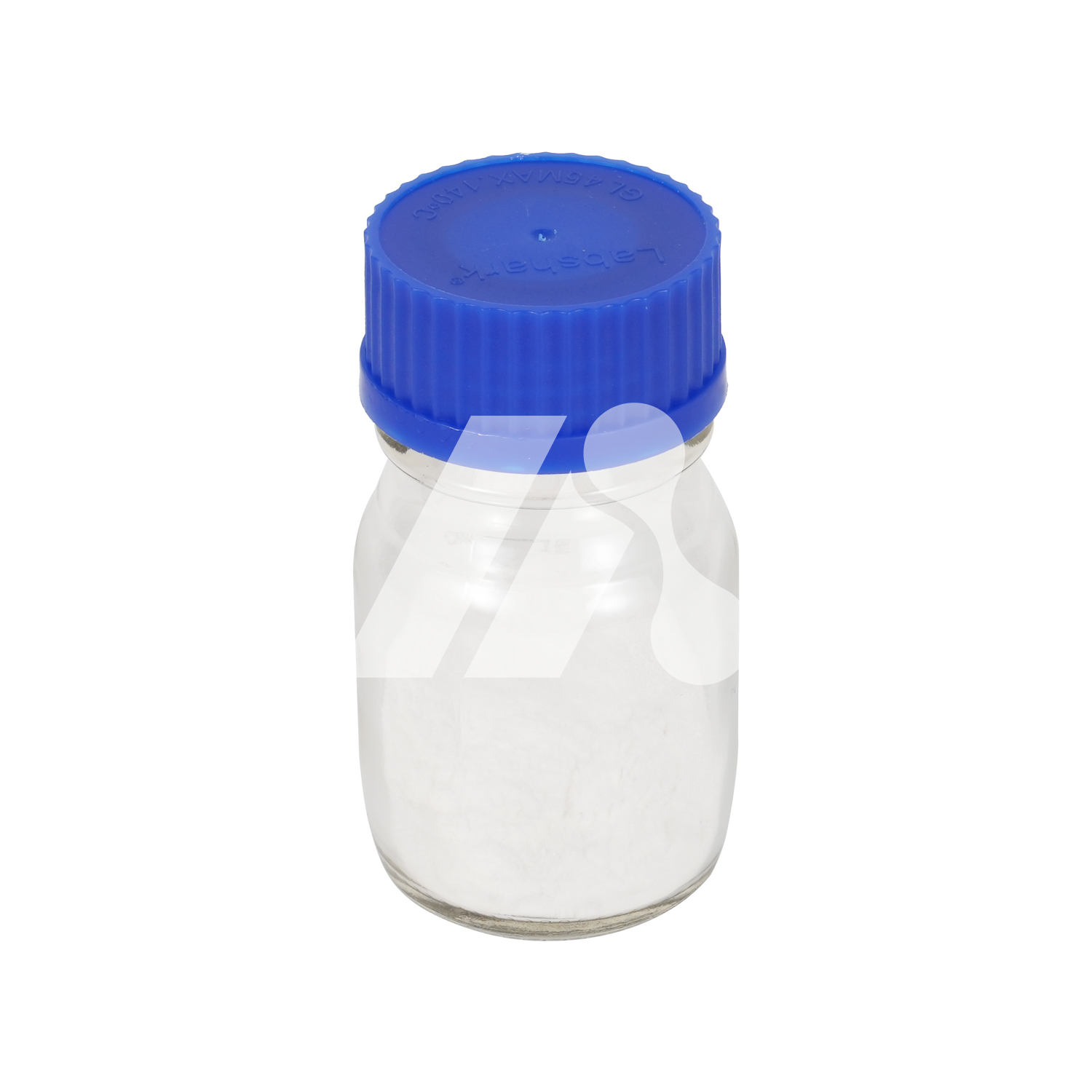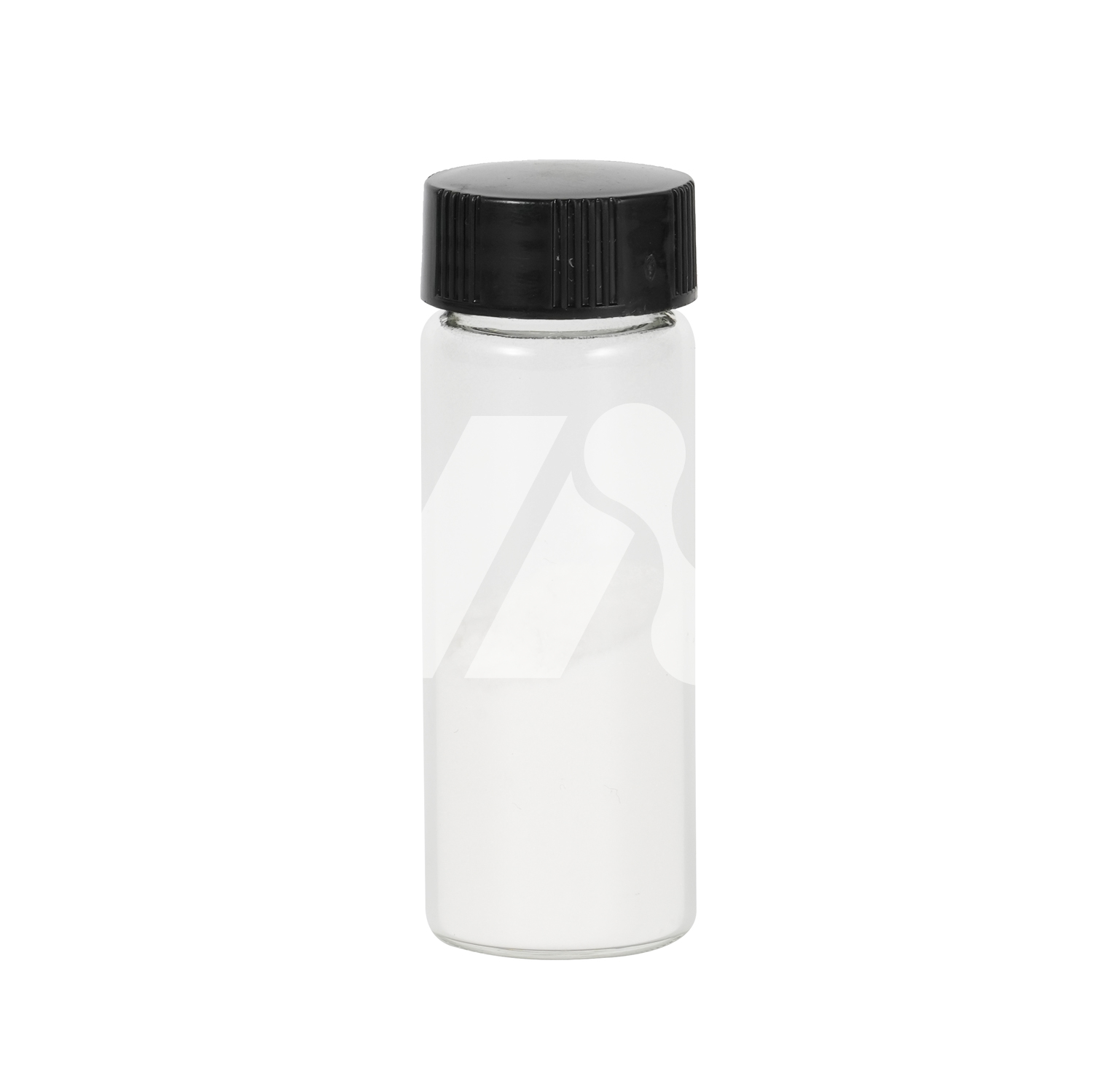Pymetrozine 96%
CAS NO.: 123312-89-0
Empirical Formula: C10H11N5O
EINECS: 602-927-1
Appearance: White or Light Yellow Powder
Origin: CHINA
Pymetrozine is low in toxicity and has little effect on natural enemies, acting only on pests with piercing-sucking mouthparts. The compound is non-irritating to the skin and eyes and is non-mutagenic. It has very low toxicity to mammals and is also very safe for birds, fish, bees, etc.
Basic Info.

Uses: Pymetrozine has a high preventive effect on aphids, planthoppers, leafhoppers, whiteflies, etc. in crops such as rice, vegetables, cotton, wheat and fruit trees. The agent has excellent selectivity for homopteran pests and is more selective for aphids than the best anti-aphid agent currently available, pyrimidine, and also has good systemic properties.
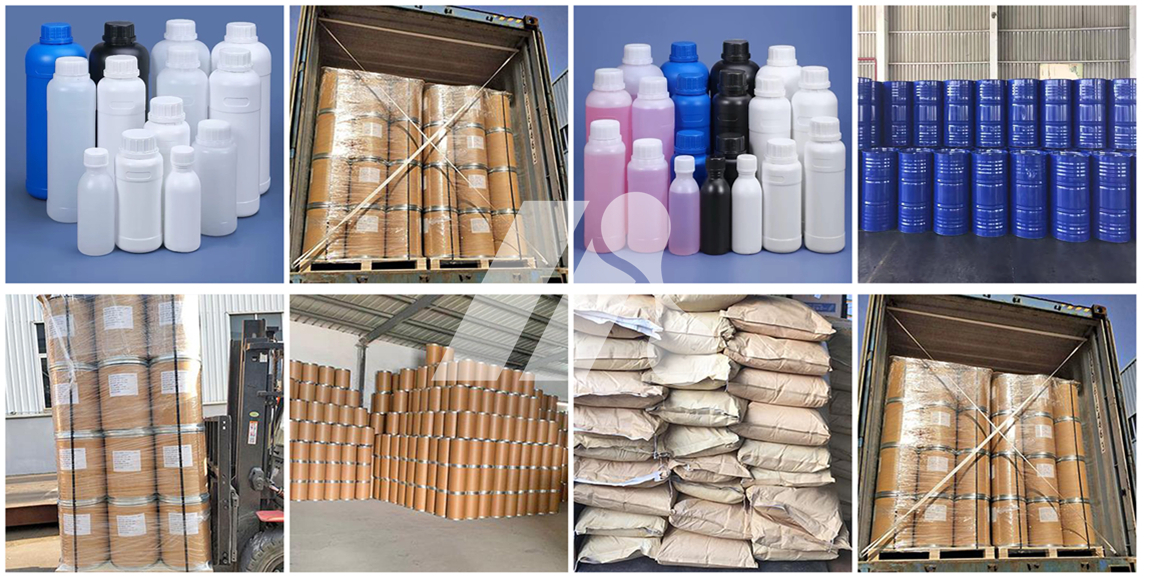
You may also be interested in
-
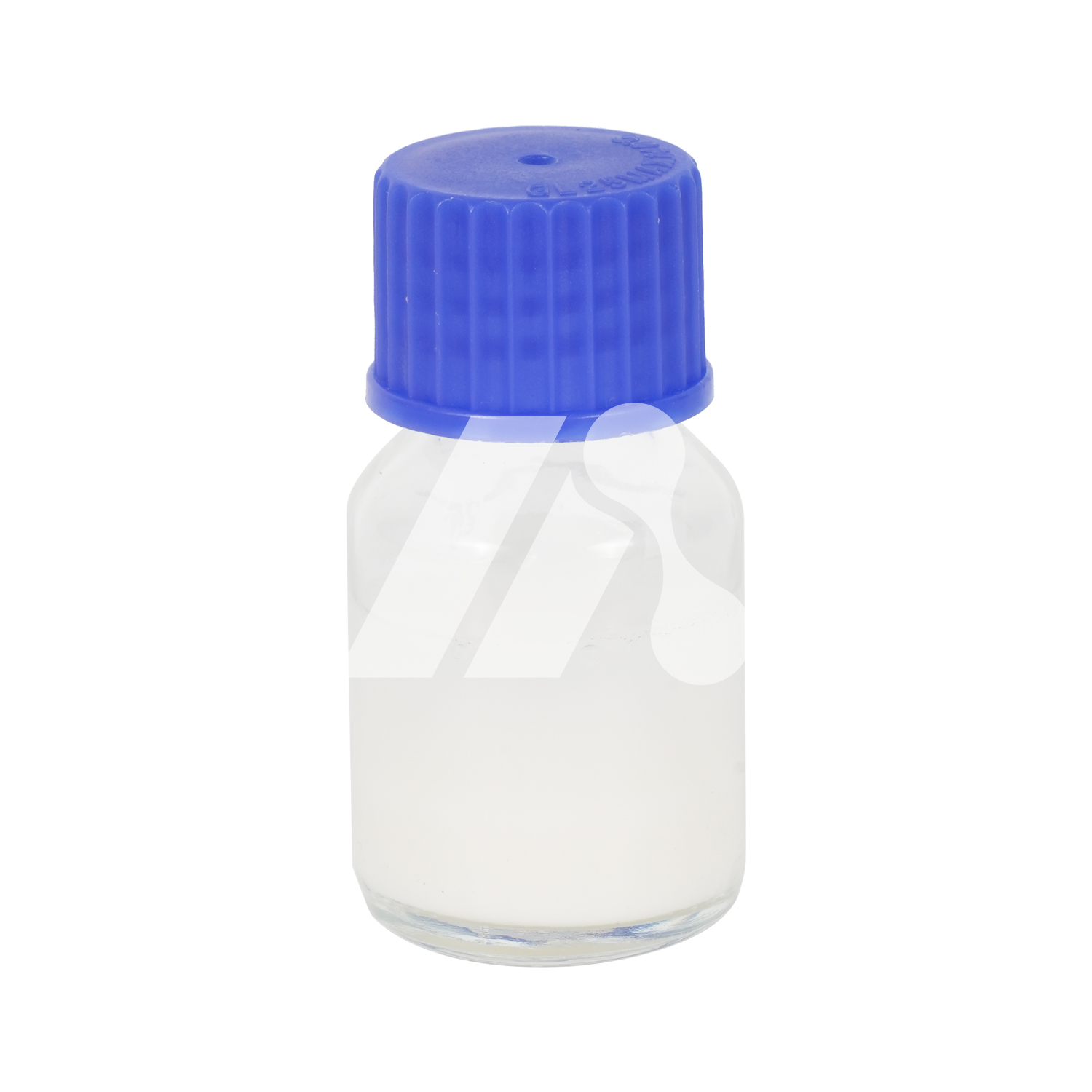 Tebuconazole 96%
Tebuconazole is a triazole fungicide, a sterol demethylation inhibitor, and a highly efficient systemic fungicide used for seed treatment or foliar spraying of important economic crops. It can effectively prevent and control various rust diseases, powdery mildew, net spot, root rot, scab, smut, seed-transmitted ring spot, tea cake disease, banana leaf spot, etc. of cereal crops.
CAS No.: 107534-96-3
1 kg (MOQ)
Tebuconazole 96%
Tebuconazole is a triazole fungicide, a sterol demethylation inhibitor, and a highly efficient systemic fungicide used for seed treatment or foliar spraying of important economic crops. It can effectively prevent and control various rust diseases, powdery mildew, net spot, root rot, scab, smut, seed-transmitted ring spot, tea cake disease, banana leaf spot, etc. of cereal crops.
CAS No.: 107534-96-3
1 kg (MOQ)
-
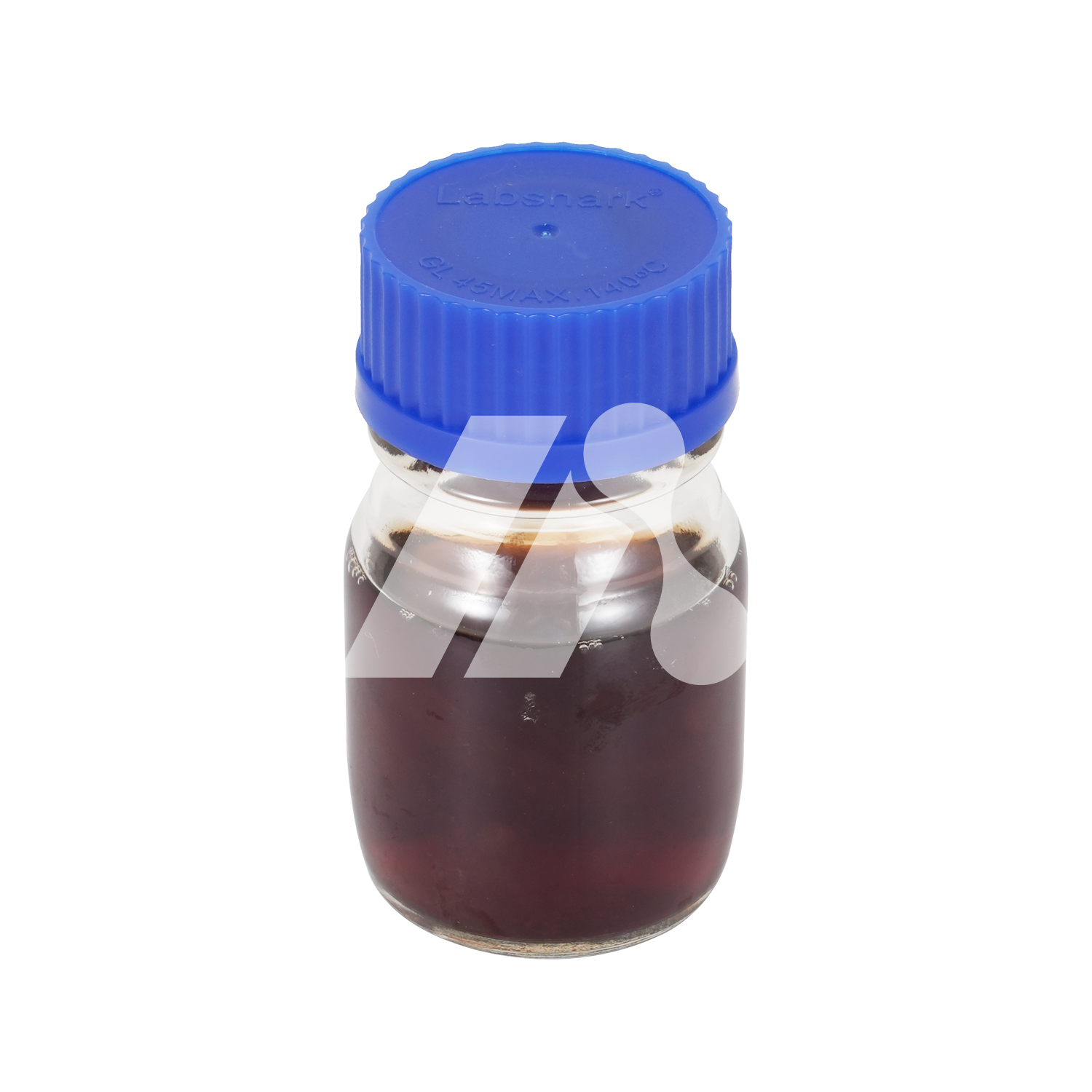 Fosthiazate 95%
The main action mode of Fosthiazate is to inhibit the synthesis of acetylcholinesterase in root-knot nematodes. It has strong contact killing activity and is also highly active against some pests that have developed resistance to traditional insecticides. Thiazophos is mainly used to control nematodes, aphids, etc. It is one of the few nematode-killing products and is suitable for the production of pollution-free vegetables.
CAS No.: 98886-44-3
1 kg (MOQ)
Fosthiazate 95%
The main action mode of Fosthiazate is to inhibit the synthesis of acetylcholinesterase in root-knot nematodes. It has strong contact killing activity and is also highly active against some pests that have developed resistance to traditional insecticides. Thiazophos is mainly used to control nematodes, aphids, etc. It is one of the few nematode-killing products and is suitable for the production of pollution-free vegetables.
CAS No.: 98886-44-3
1 kg (MOQ)
-
 Thiamethoxam 98%
Thiamethoxam has contact, gastric, and systemic activities, and has higher activity, better safety, wider insecticidal spectrum, fast action, and long duration of effect. It is an ideal alternative to those with high toxicity to mammals and Better varieties of organophosphorus, carbamate, and organochlorine pesticides that have residual and environmental problems. It is highly active against Coleoptera, Diptera, Lepidoptera, especially Homoptera pests, and can effectively control various aphids, leafhoppers, planthoppers, mealybugs, chafer Chemicalbook larvae, potato beetles, nematodes, and ground beetles. , leafminers and other pests as well as pests that are resistant to various types of chemical pesticides.
CAS No.: 153719-23-4
1 kg (MOQ)
Thiamethoxam 98%
Thiamethoxam has contact, gastric, and systemic activities, and has higher activity, better safety, wider insecticidal spectrum, fast action, and long duration of effect. It is an ideal alternative to those with high toxicity to mammals and Better varieties of organophosphorus, carbamate, and organochlorine pesticides that have residual and environmental problems. It is highly active against Coleoptera, Diptera, Lepidoptera, especially Homoptera pests, and can effectively control various aphids, leafhoppers, planthoppers, mealybugs, chafer Chemicalbook larvae, potato beetles, nematodes, and ground beetles. , leafminers and other pests as well as pests that are resistant to various types of chemical pesticides.
CAS No.: 153719-23-4
1 kg (MOQ)
-
 Methomyl-Oxime 98%
Methomyl oxime is a known environmental transformation product of Alanycarb.This product is an intermediate for the synthesis of methomyl technical material. 1-Methylthioacetaldehyde oxime is called methomyl oxime. It is an intermediate with considerable economic value and can be used to manufacture carbamate pesticides such as methomyl. Methylcarb, thiodimethiocarb and cotton bollcarb, etc.
CAS NO.: 10533-67-2
1 kg (MOQ)
Methomyl-Oxime 98%
Methomyl oxime is a known environmental transformation product of Alanycarb.This product is an intermediate for the synthesis of methomyl technical material. 1-Methylthioacetaldehyde oxime is called methomyl oxime. It is an intermediate with considerable economic value and can be used to manufacture carbamate pesticides such as methomyl. Methylcarb, thiodimethiocarb and cotton bollcarb, etc.
CAS NO.: 10533-67-2
1 kg (MOQ)
-
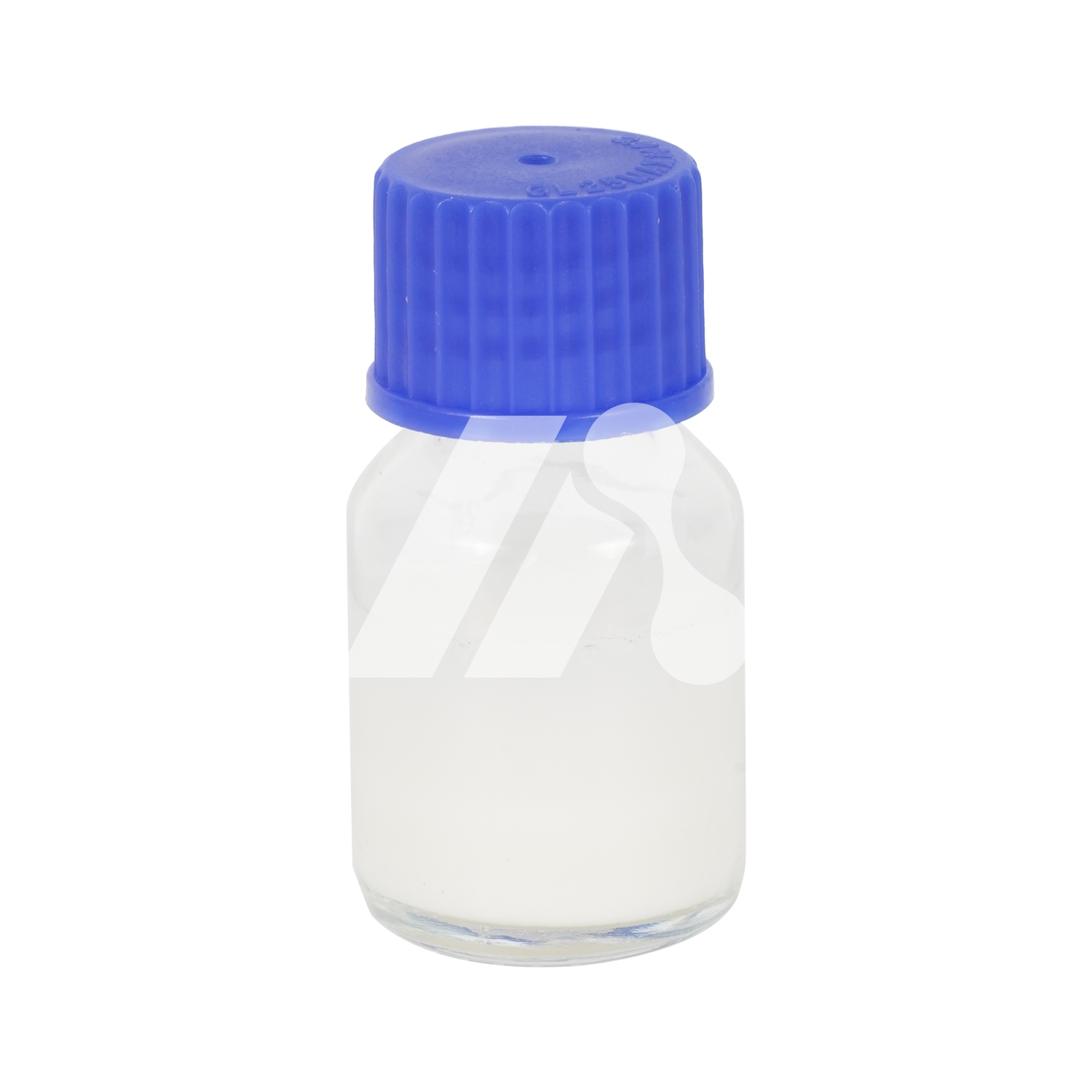 L-Glufosinate 90%
L-Glufosinate 90% (Glufosinate-P) is by far the only natural sense herbicide containing the C-P-C structure, which is about 4 times the grass glyphosate, which is twice the proclastation of the grass and two times the somatoscope (DL-type). Glufosinate-P adsorbs the activity of glutamine synthetase causing the cytotoxic ammonium ions to accumulate in the plant, destroying its photosynthesis.
CAS No.: 35597-44-5
1 kg (MOQ)
L-Glufosinate 90%
L-Glufosinate 90% (Glufosinate-P) is by far the only natural sense herbicide containing the C-P-C structure, which is about 4 times the grass glyphosate, which is twice the proclastation of the grass and two times the somatoscope (DL-type). Glufosinate-P adsorbs the activity of glutamine synthetase causing the cytotoxic ammonium ions to accumulate in the plant, destroying its photosynthesis.
CAS No.: 35597-44-5
1 kg (MOQ)
Click here for price

